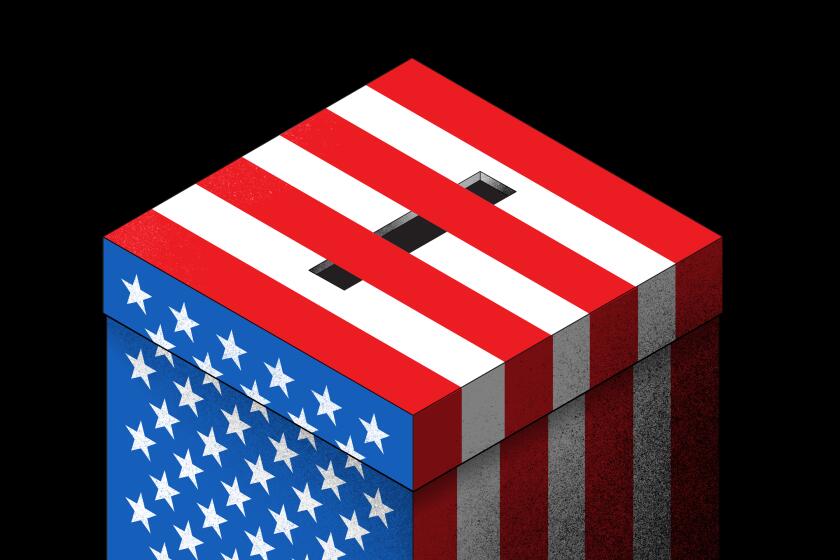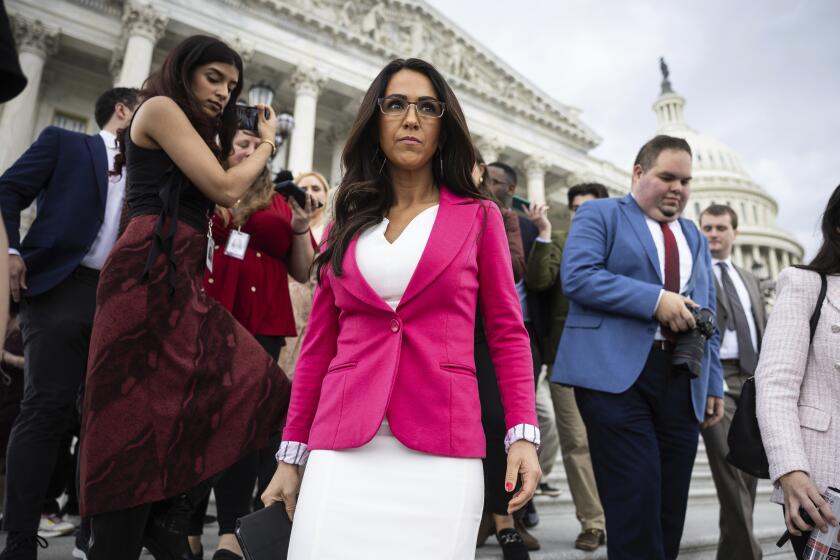Unions Get Smaller Wage Hikes in 1st Half
Major collective bargaining settlements in private industry during the first six months of this year provided for wage increases averaging 2.2% a year, the Labor Department reported Tuesday.
The department said this was a slight decline from the 2.9% average wage increases in the contracts the last time they were negotiated, generally two to three years ago. The contracts in the first six months of the year covered 1.02 million workers.
While the report on collective bargaining agreements indicated no rise in inflationary pressures, another report covering both union and non-union employees did show a pickup in labor costs.
The department said that overall wages and fringe benefits rose 4.6% for the 12 months ending in June, compared to a smaller 3.3% increase a year ago.
This report, in addition to covering union and non-union employees, also measures total labor costs, including salaries and such fringe benefits as health insurance and pension plans.
The report said much of the acceleration in labor costs came from rising health insurance premiums.
Economists have been watching closely for accelerating wage demands at this advanced stage of the recovery from the 1981-82 recession. Many economists believe that as long as wage demands remain moderate, inflation will not be a threat and the Federal Reserve will be able to keep credit conditions loose enough to keep the recovery alive.
John Hagens, senior economist at the WEFA Group, a private economic forecasting firm, said that the slowdown in wage increases in collective bargaining agreements provided solid evidence that wage pressures are not beginning to build.
Allen Sinai, chief economist of Boston Co., called the rise in collective bargaining agreements a “very modest increase” but he said the pickup in overall labor costs as reflected in the government’s employment cost index was more worrisome.
“I think we are already seeing wage pressures in some industries, such as services,” he said. “Next year, with unemployment rates in the current low range, we will see even more pressure on wages.”
More to Read
Start your day right
Sign up for Essential California for news, features and recommendations from the L.A. Times and beyond in your inbox six days a week.
You may occasionally receive promotional content from the Los Angeles Times.






